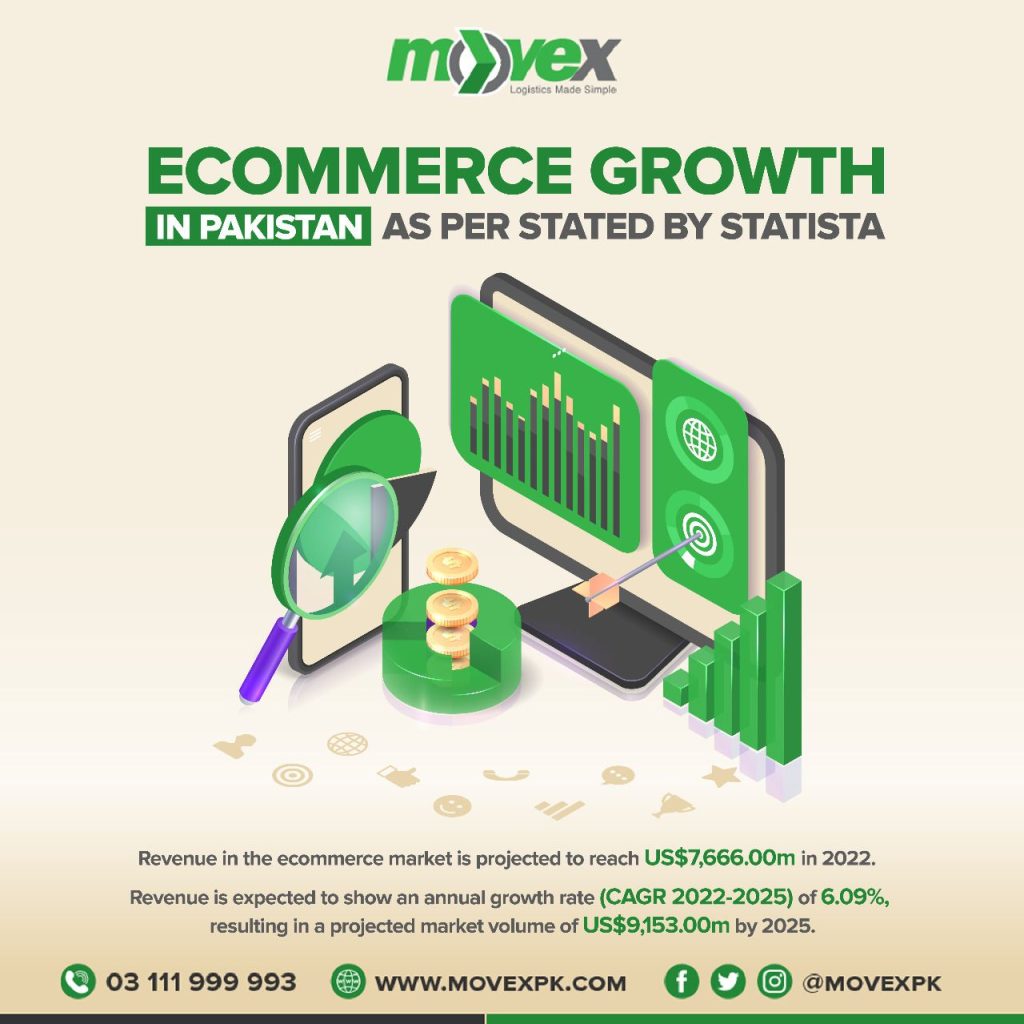Enter the Montenegro Trucking Number /AWB number/air waybill number/docket no / reference number/PRO No / B.O.L. No in the automatic tracker box to check the real-time delivery status of your worldwide parcel, orders, COD consignments, container, freight, transport, transportation, shipping, vans, trucks, express cargo and shipments online. You can also check and trace the current status of courier location and delivery date or any delay info by calling the customer service center.
Montenegro Trucking Customer Care Service Contact Number
Phone: N/A
Email: [email protected]
Montenegro is a small Balkan country with a population of just over 600,000 people. Despite its size, Montenegro has a well-developed transportation infrastructure, making it an attractive location for businesses looking to transport goods within the Balkans or to and from Europe. In this article, we will take a closer look at Montenegro trucking, including the country’s transportation network, regulations, and best practices for freight transportation.
Montenegro’s Transportation Network
Montenegro has a well-developed transportation network that includes a combination of highways, railways, and ports. The country has approximately 5,000 km of roads, of which around 1,000 km are considered highways. The main highways in Montenegro are the Adriatic Highway (Jadranska Magistrala) and the Bar-Boljare Highway, which is currently under construction and will connect Montenegro with Serbia.
In addition to highways, Montenegro has a well-developed railway network that connects the country with neighboring Serbia and Bosnia and Herzegovina. The main railway station in Montenegro is located in the capital city of Podgorica, and there are also several other smaller stations throughout the country.
Montenegro also has two major ports, Bar and Kotor. The Port of Bar is the largest port in Montenegro and serves as the country’s main gateway to the sea. The port is located on the Adriatic coast and has a capacity of over 5 million tons of cargo per year. The Port of Kotor is a smaller port located in the Bay of Kotor and is mainly used for cruise ships and smaller cargo vessels.
Regulations for Montenegro Trucking
Montenegro is a member of the European Union’s Energy Community, which means that the country has adopted many of the EU’s regulations and standards for transportation. This includes regulations for trucking, which are designed to ensure the safety of both drivers and other road users.
One of the main regulations for Montenegro trucking is the requirement for drivers to hold a valid commercial driver’s license (CDL) and to comply with the EU’s regulations for hours of service. These regulations limit the number of hours that a driver can work in a day and week to ensure that drivers are well-rested and alert while driving.
Montenegro also has regulations for the weight and size of trucks, which are designed to ensure that trucks are not overloaded and can safely navigate the country’s roads. The maximum weight limit for trucks in Montenegro is 48 tons, and the maximum length is 18.75 meters.
Best Practices for Montenegro Trucking
When transporting freight in Montenegro, there are several best practices that businesses should follow to ensure that their goods arrive safely and on time. These include:
- Planning: It is important to plan your route in advance to ensure that you are using the most efficient and safe route for your cargo. This includes checking for any road closures or construction that may affect your delivery.
- Communication: Communication is key in Montenegro trucking, both with your drivers and with your customers. Ensure that your drivers have access to reliable communication devices and that you keep your customers informed about the status of their shipments.
- Safety: Safety should be a top priority in Montenegro trucking. Ensure that your drivers are trained in safe driving practices and that your trucks are regularly maintained and inspected.
- Compliance: It is important to comply with all regulations and requirements for Montenegro trucking. This includes ensuring that your drivers have the proper licenses and that your trucks meet the weight and size requirements.
Conclusion
Montenegro trucking is a well-developed industry that plays an important role in the country’s economy. With a well-connected transportation network and a commitment
For more info on Montenegro Trucking, Click Here.



